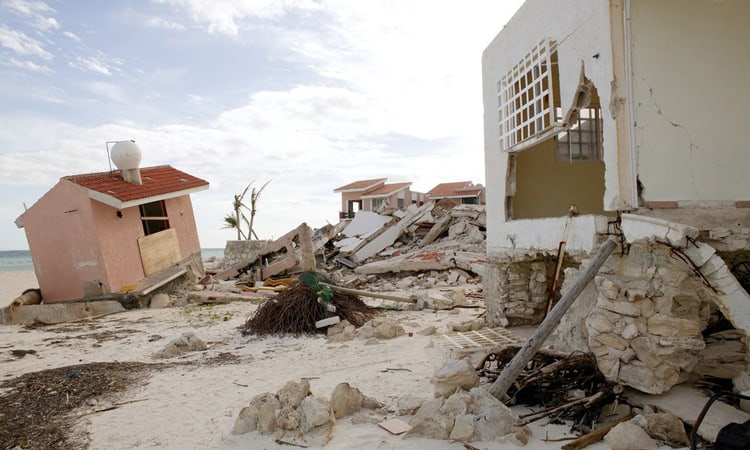When natural disasters happen, having all the variables in place to ensure a smooth claims process is key. There are many times when, due to the severity of the disaster, claims adjusters become overloaded and fraud runs rampant. Here are just a few examples:
- Hurricane Matthew, 2016. Florida’s Attorney General reports receiving 1000’s of complaints of price gouging from the price of gas to ice and water. Beware of high pressure sales. Know who you are dealing with; do your research. Ask for references. Be cautious of repair deals that sound too good to be true. Avoid large down payments and never make final payment until all repairs are completed to your satisfaction.
- In Florida there is an ongoing struggle with Public Adjusters coming into the state during these catastrophic events and AOB’s are becoming a prevalent form of fraud in Florida. Before dealing with a Public Adjuster make sure they are properly licensed and know what they charge for.
- Hurricane Katrina in 2005 had more than 6 billion dollars in fraudulent payments, including one woman who altered the face of a FEMA relief check from $1,425 to $11,425.
- After the September 11, 2001 terrorist attacks, it is estimated that more than 4 million dollars in scams were run against government agencies and charities.
- After Hurricane Sandy, there were many reports of home improvement contractors demanding money upfront to repair hurricane damages, only to abandon the projects uncompleted.
- Around natural disasters such as the Sumatra-Andaman, which was the cause of the December 2004 Indian Ocean tsunami, fake charities sprung up asking for money to help the victims, but they actually stole the credit card information of their donors.
- Hurricane Andrew in August 1992, which was the costliest hurricane in US history at the time, resulted in more than 120 people being arrested and more than 17.6 million dollars in restitution and fines.
These figures of individuals who took advantage of the situation for their own gain should help us to know what to look for to be better prepared to address the issue of catastrophe fraud head on. Our recent blog, “What is Catastrophe Fraud?”, outlined the five most common forms of catastrophe fraud and how people often take advantage of disaster situations. Here are some quick indicators that fraud may be an issue:
- Losses are claimed but there are no photographs or receipts.
- The insured party is very knowledgeable about the claim and settlement process.
- The insured is attempting to quickly settle.
- There are no signs of heavy furniture or appliances as claimed.
- Presenting a backdated policy.
Depending on the location of the disaster, the owner may or may not have purchased a disaster insurance policy or addendum. Some of the more prevalent claims when the insured does not have a catastrophic insurance addendum include:
- Everything is new and there are no receipts.
- There is no security in the area, and they claim the home was looted.
- The name or address on the receipt does not match the claimant’s information.
The implications of fraud are huge — this is a $32 billion a year operation. Insured claimants often have no qualms about padding their claim because of the deductibles they have to pay. Unfortunately, when any level of fraud occurs, this often results in higher rates going forward.
Florida’s long awaited AOB reform took effect July 1, 2019. Even with the anticipated reform, fraud will continue to be an issue.
- Storm chasers – local or out of state contractor passing out flyers or going door to door to solicit business for repairs.
- Contractors or others posing as an adjuster.
Having a Special Investigations Unit (SIU) in place to address any suspicious claims after a natural disaster can help to uncover instances of fraud. Knowing what to look for and the signs of fraudulent activity can help SIU investigators distinguish real, legitimate claims from fraudulent ones.
Using the Brumell Group as your SIU can save you money during a natural (or other) disaster with efficient and effective claims management. For more information on how we can assist, give our team a call today.
First Published June 2015 – Updated for 2019

